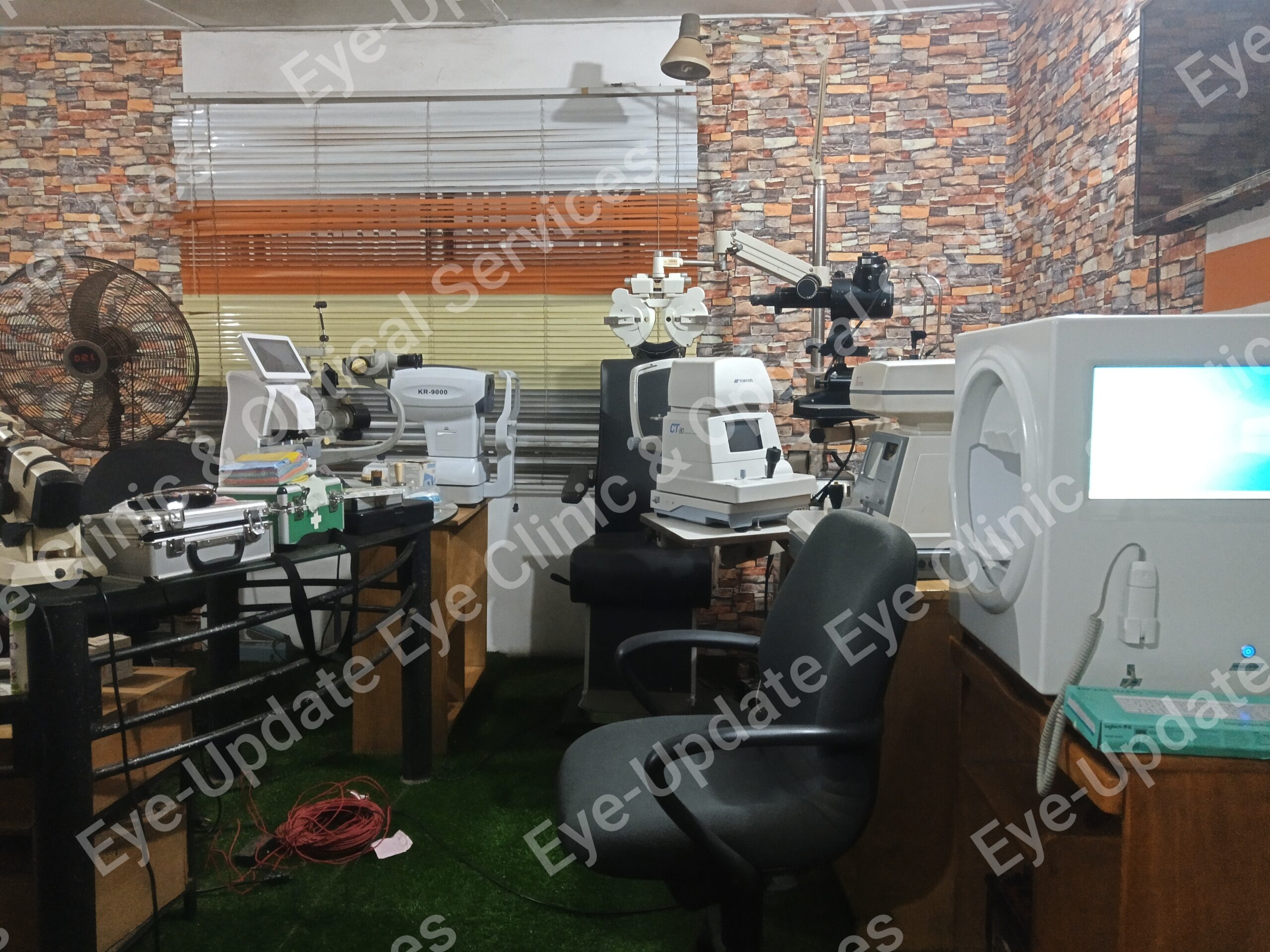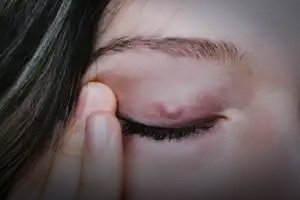A chalazion is a small, usually painless, lump or swelling that appears on your eyelid. A blocked meibomian or oil gland causes this condition. It can develop on the upper or lower eyelid, and may disappear without treatment. Chalazia is the term for multiple chalazion.
A chalazion is sometimes confused with an internal or external stye. An internal stye is an infection of a meibomian gland. An external stye is an infection in the area of the eyelash follicle and sweat gland. Styes are usually painful and chalazia usually aren’t. Chalazia may develop after styes.
You should see your eye doctor if you think you have a chalazion, especially if it blocks your vision or if you’ve had chalazia in the past.
The chalazion is caused by a blockage in one of the tiny meibomian glands of the upper and lower eyelids. The oil these glands produce helps to moisten the eyes.
Inflammation or viruses affecting the meibomian glands are the underlying causes of chalazia.
Chalazia are more common in people with inflammatory conditions like seborrhea, acne, rosacea, chronic blepharitis, or long-term inflammation of the eyelid. They’re also more common in people with viral conjunctivitis or an infection covering the inside of the eyes and eyelids.
Recurring or unusual chalazia may be symptoms of more serious conditions, but these are rare.
A chalazion usually appears as a painless lump or swelling on your upper or lower eyelid. Chalazia may affect both upper and lower lids and can occur in both eyes at the same time. Depending on the size and location of the chalazion, it may blur or block vision.
Although not as common, a chalazion may be red, swollen, and painful if an infection is present.
In most cases, a doctor can diagnose this condition by taking a close look at the lump on your eyelid. Your doctor will also ask about your symptoms to determine if the lump is a chalazion, a stye, or something else.
Some chalazia can go away without treatment. If your doctor does recommend treatment, options may include:
Home care
First, do not try to squeeze the chalazion. It’s best if you touch it as little as possible.
Instead, you should apply a warm compress to your eyelid four times per day for about 10 minutes at a time. This can reduce the swelling by softening the oils in the blocked gland. Make sure you wash your hands before you touch the area.
Your doctor may also tell you to gently massage the lump a few times per day or to scrub your eyelid. Your doctor may also prescribe eye drops or eyelid creams.
Medical treatment
If the chalazion doesn’t go away with home treatment, your doctor may recommend a corticosteroid injection or a surgical procedure. Both the injection and the surgery are effective treatments.
The choice of treatment depends on several different factors. Your doctor will explain the benefits and risks.
It’s not always possible to avoid getting a chalazion. This is especially true if you’re prone to this type of eye problem. But there are a few things that you can do to prevent this condition:
- Always wash your hands before touching your eyes.
- Make sure that anything that comes in contact with your eyes, such as contact lenses and glasses, is clean.
- If you have a condition that increases your chance of developing chalazia, follow your doctor’s instructions to help control them.
If you have any eye infection or discomfort with the eyes, call or visit:
Eye update Eye clinic & opticals 01, Ajuwon junction, Ajuwon bus stop, beside BPNL filling station, Akute/Ajuwon road, off Elliot bus stop, Iju-Ishagah Near Ojokoro. Tel: 0803497158, 08107531046


Leave a Reply
You must be logged in to post a comment.